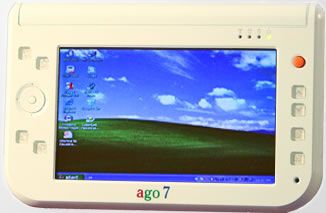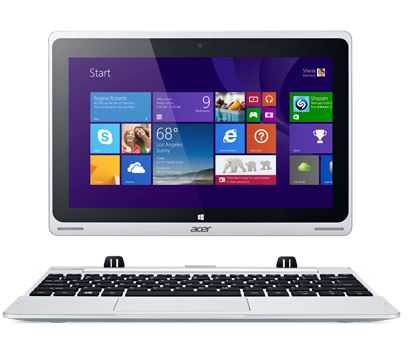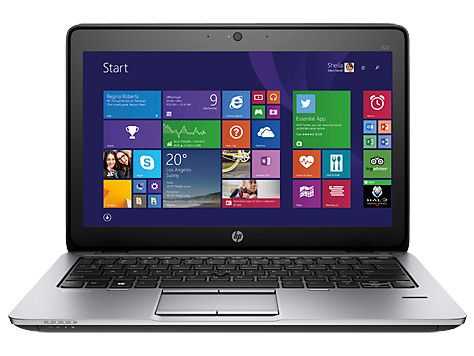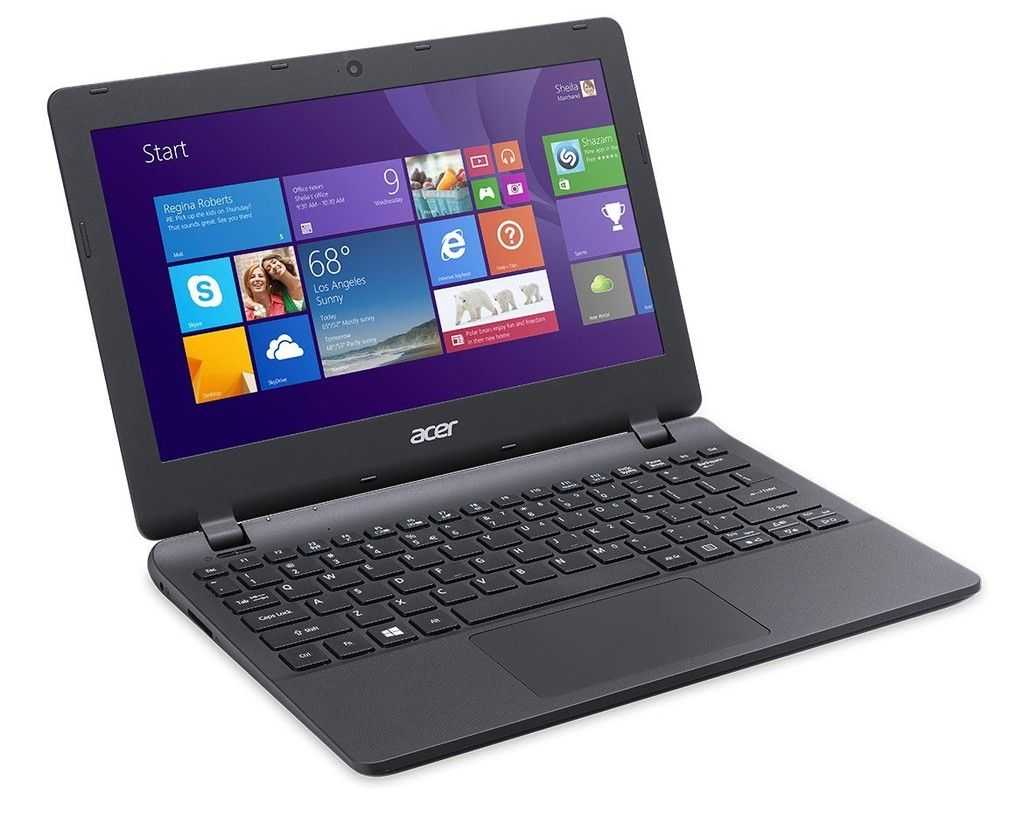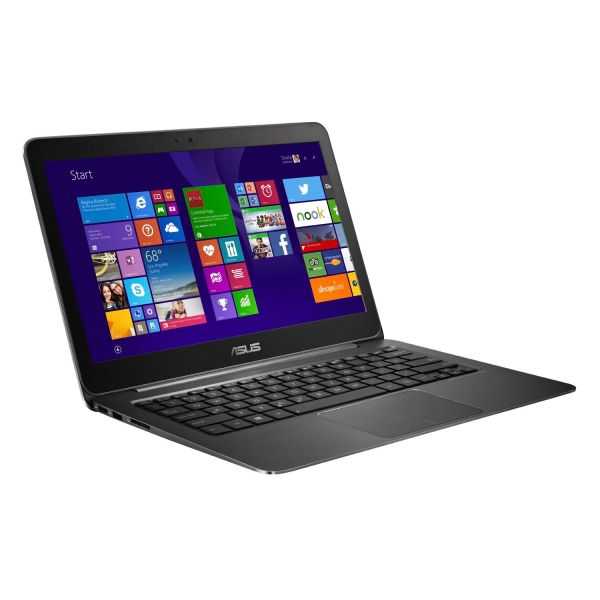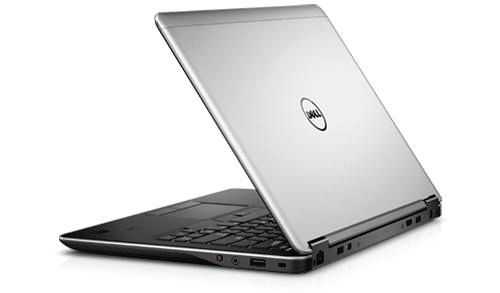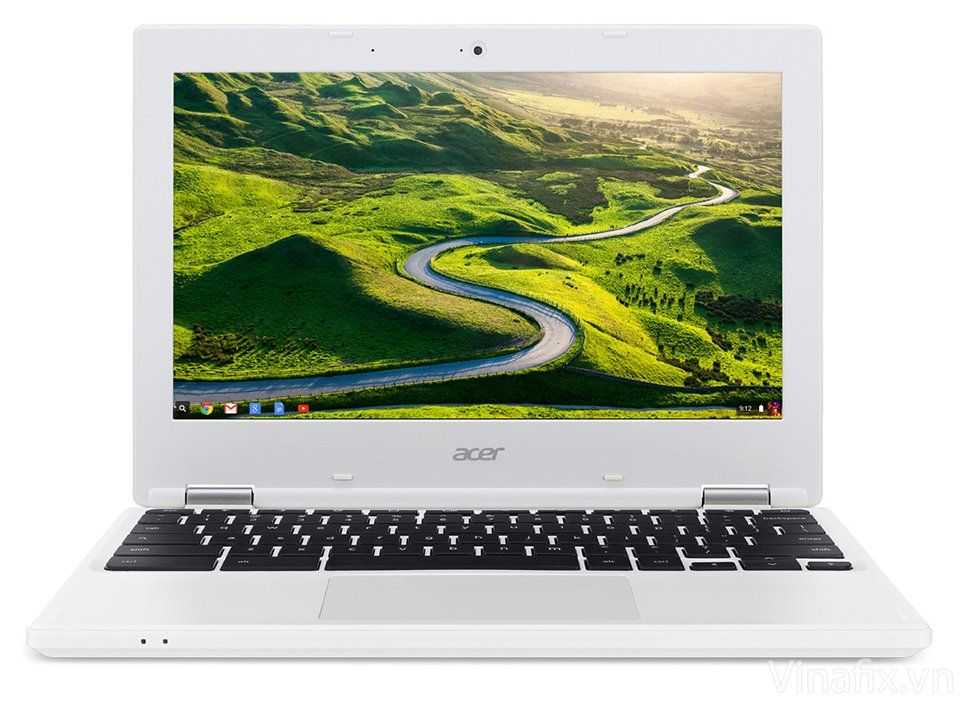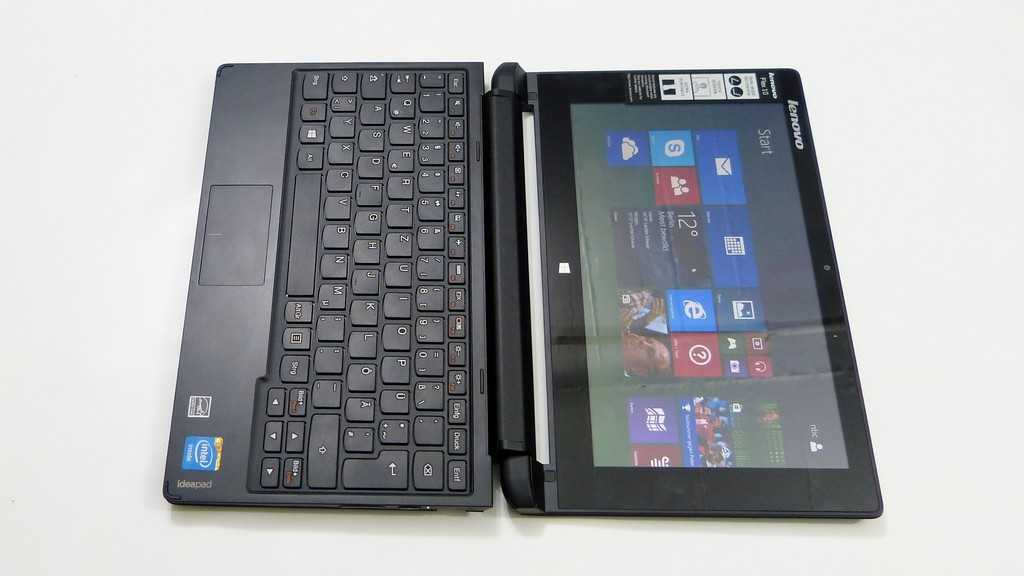From day one, we’ve defined a ultra mobile PC as an Ultra Mobile PC! It seemed a fairly simple concept that all these devices should be under the same umbrella and as we move on, its becoming clearer that for everyone’s benefit, these devices need to be grouped together. When we say ‘everyone’, we mean manufacturers, resellers, journalists, marketing and PR companies and of course, ultra mobile PC owners.
The ultra mobile PC ‘platform’ or segment (WhatisNew called it the ‘small form factor platform’ which is a nice term but one that’s already well-defined as a small table-top PC. See Sudhian’s SFF Techwebsite.) is new and in terms of specifications, is nothing more than a low-end notebook PC. Its a little difficult to sell purely on the basis of the word ‘mobility’. Those that have had the privilege of using a ultra mobile PC for a few days can see the benefits, but those walking into the notebook PC area of the local computer store and seeing a mini-PC (with no keyboard!) for a higher cost than something with better specifications (and a keyboard!) need a little help in understanding what it’s all about. These customers and the responsible salespeople need marketing help.
What are the options for marketing UMPCs then? I’m not a marketing expert but I’ve had a long (this article has taken at least a month to write.) think about it and come up with some ideas. Lets assume that there is a market for UMPCs and look at a few scenarios.
Wait for the early adopters to show-off their UMPCs.
Do we just wait until the early adopters have shown their devices around and written their reports? Nope. That’s not the answer because there’s a lot of negative noise coming from those uneducated journalists and their wide-circulation, advertising-subsidised glossy magazines which are drowning out many of the great reports coming from the long-term users. Although the early adopter reports are important, its not enough to incubate the ultra mobile PC market. An additional, related activity is ultra mobile PC websites and ultra mobile PC bloggers. These are also very important but don’t really have any impact on people that aren’t aware of UMPCs. I doubt that many people have ‘stumbled’ over Carrypad.com while looking for a new notebook!
Long-term circulation of devices to mainstream journalists.
What about giving a few hundred devices away to non-tech journalists in the hope that they will see the light? Unfortunately, there is no big ultra mobile PC ‘fund’ out there and there is no ultra mobile PC marketing organisation to decide how to spend the money. This scenario will require all competing manufacturers to come together and agree on a unified marketing strategy and to fund the distribution of UMPCs. At the moment, its every company fighting for themselves and, possibly counter-productively, believing that their ultra mobile PC is the only real solution on the market. Certainly a strategic placing of devices is important and the continued circulation of review samples should be encouraged. Product placement and strategic freebies are also part of this activity and will help in the long-run.
More advertising.
What about some advertising campaigns? TV, magazines, radio, internet? Apart from the high costs, one of the problems is, its easier to sell notebooks, desktops, smartphones and car navigation units than UMPCs at the moment. Why change a successful marketing strategy? The other problem is that some of the new markets that the ultra mobile PC could fit into (sofa PC, bedroom PC, kitchen PC, car PC) contain style conscious customers. Marketing ‘style’ is very expensive. The margins on UMPCs would have to be kept high to support this sort of advertising but it’s possible that this could be a ‘seed’ point.
Let the application sell the device.
What about finding the killer-application? Well, UMPCs are low-end PC’s and there may not actually be a killer-app for UMPCs. In fact, the killer app. is more likely to be its useability and mobility rather than any software application.
Live TV is possibly an application that might help. With a subscription model you can sell UMPCs cheaper and with DVB-H/DMB, there’s no need for WiFi/3G always-on networking. Unfortunately, there’s no common mobile TV infrastructure yet. DMB, DVB and IP streaming are all competing together and we’ll probably see different solutions in different regions of the world. It will take at least 2 years before single-chip multi-protocol TV reveivers are cheap and small enough for UMPCs.
Market to the Verticals and wait.
One customer type that is easier to find and target (although not necessarily cheap to market to) is the business markets and the ‘verticals.’ If businesses see financial gains through additional mobility (think delivery, stock-taking, estate agents, hospitals etc.) then the cost of a device is very easily justified. If a lot of devices can be sold into these markets (with good margins for resellers to support the marketing costs) it might be possible that these business users stimulate interest across other business areas and down into the home. Like early mobile phones, notebooks and pocketPC’s, the business users had them first. It wasn’t until normal users had seen the devices in use, began to understand the advantages and then saw that the 3rd generation of devices had become cheap and easy to use that the mass-market took off. One of the worst things that could happen in this scenario is that the hardware becomes too cheap too early and the margins become so small that resellers wont have any interest in selling the devices.
Lower the price?
What about lowering the price? Won’t it stimulate normal users to take up the devices? At the moment there simply aren’t enough devices being sold to be able to reach good economies of scale and to cut prices. UMPCs are expensive simply because they cost a lot to produce in small numbers. Part costs for a production run of 5000 are obviously going to be much much higher than the part costs for a low-end notebook that might have a sales forecast in the hundreds of thousands. Cutting the price is a very dangerous strategy at this stage and probably the least favorable marketing option.
So ultra mobile PC marketing is going to take time. There’s not going to be a big bang of sales. Like mobile phones and notebook computers we are going to have to wait for people to learn about these devices though many different channels. UMPCs in business meetings, hospitals, taxi’s, hairdressers and hotels will be where the interest starts to build. Where high-margin sales can be completed. Where traditional sales and support processes can be used and where the risks can be lowered to an acceptable level.
In my opinion, the $500 ultra mobile PC could really damage the traditional product lifecycle.
If you’ve got an opinion about marketing UMPCs I’d be interested to hear it. Feel free to place comments here or contact me via email.
Regards
Steve / Chippy.


